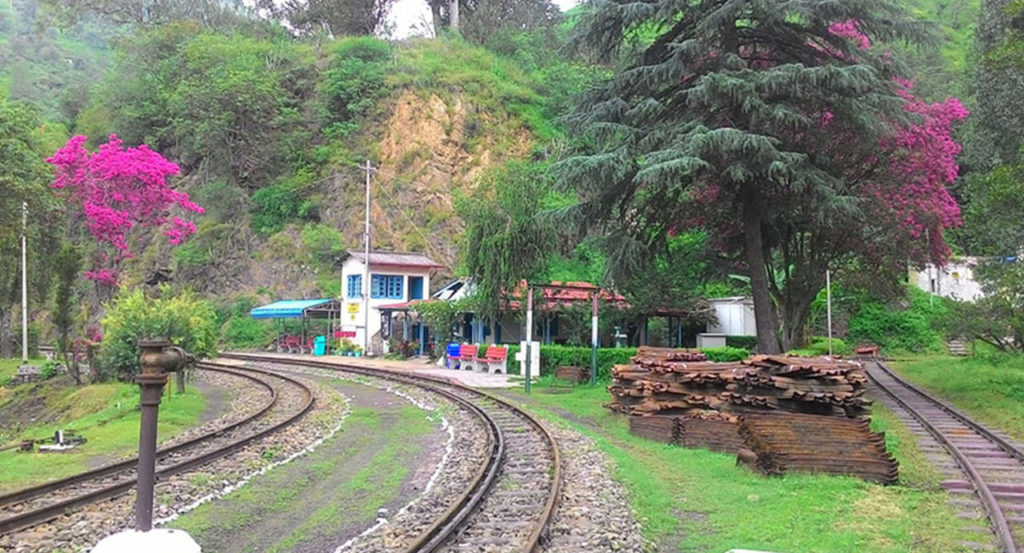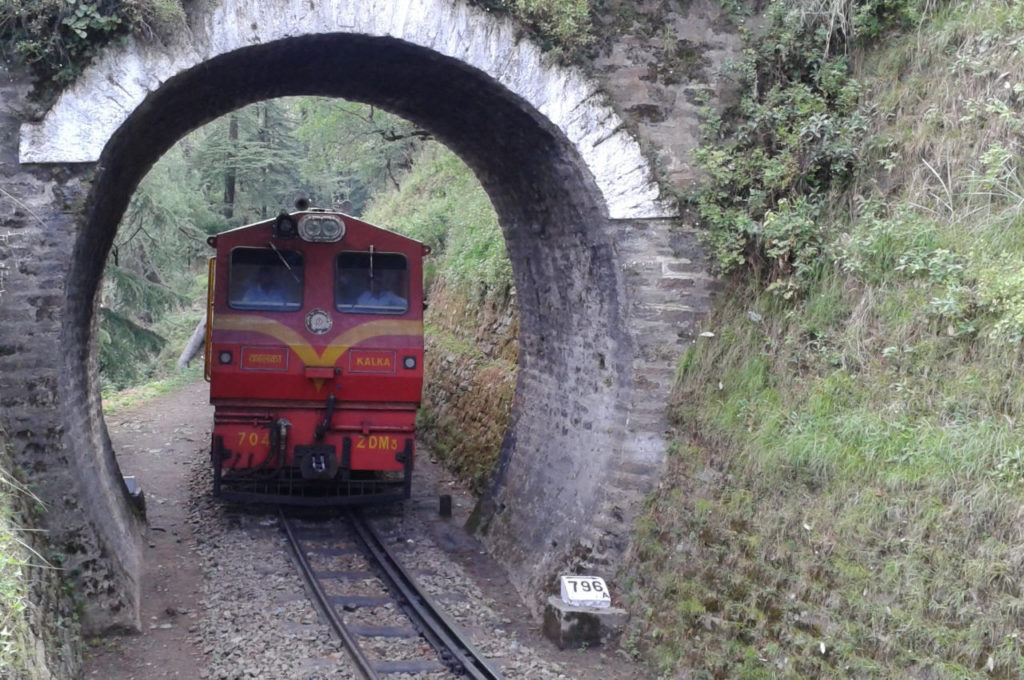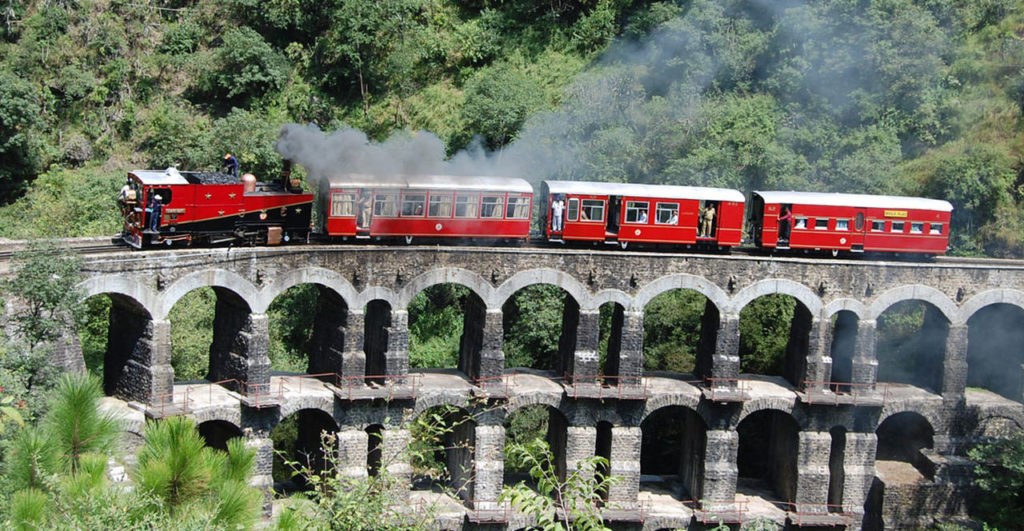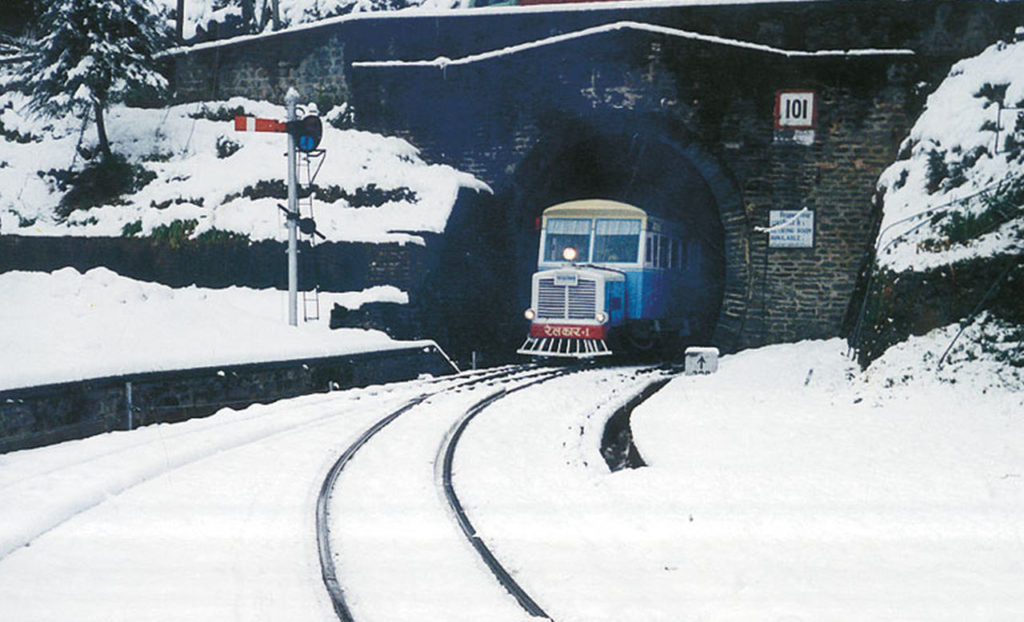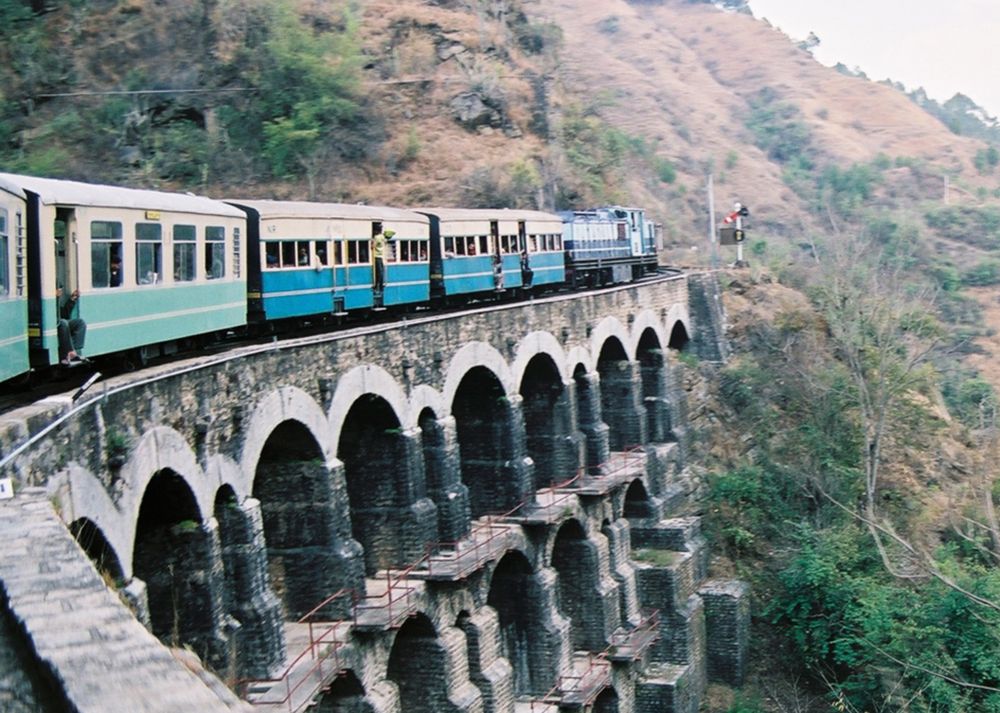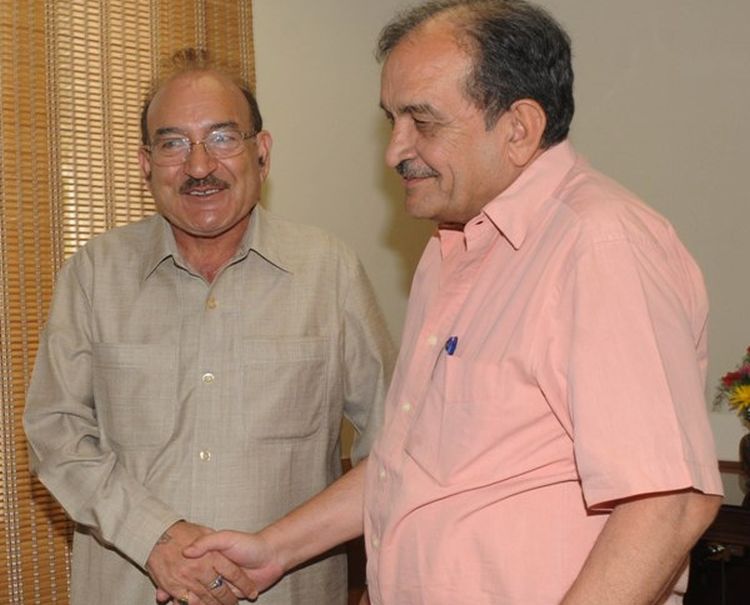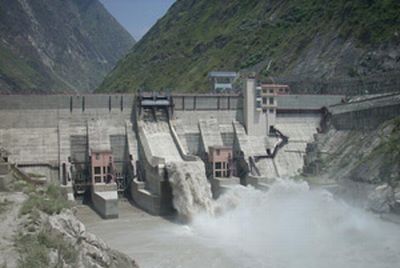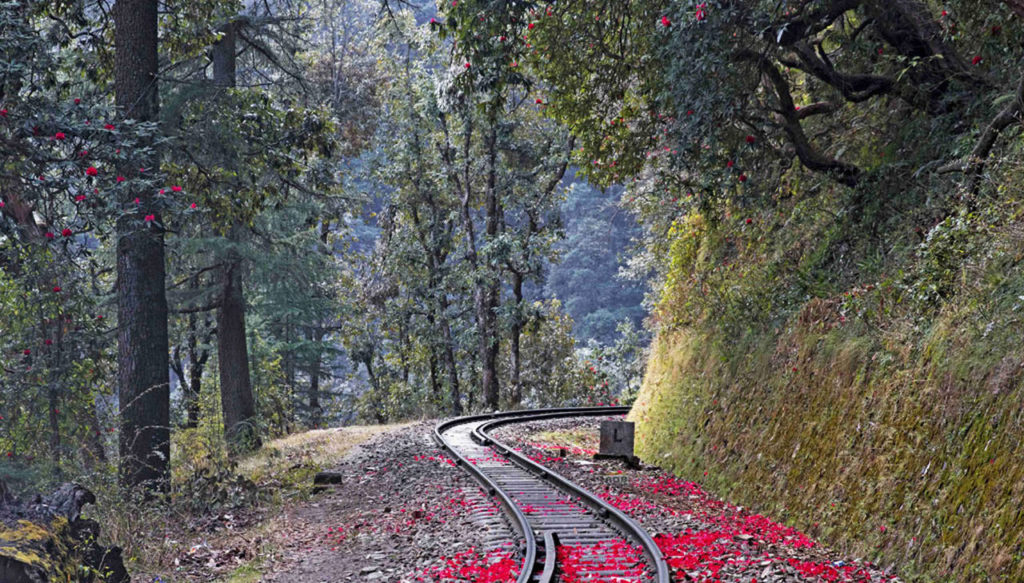
Nestled in the heart of the Himalayas, the Shimla-Kalka Railway is a marvel of engineering that weaves through the breathtaking landscapes of northern India. This historic rail line, often hailed as the “British Jewel of the Orient,” is not just a means of transportation but a journey through time, offering passengers a glimpse into the bygone era of the colonial days. Let’s embark on a comprehensive exploration of this remarkable railway, delving into its historic significance, the engineering marvels of tunnels and bridges, and the captivating anecdotes that make the journey unforgettable.
Interestingly, the roots of the railway can be traced back to a vision that predates its actual construction by several decades. In the early days of railway introduction in India, a correspondent in The DELHI GAZETTE, in November 1847, sketched the route of a railway to Shimla. This sketch not only laid out the blueprint for the railway but also included estimates of traffic returns, providing a fascinating glimpse into the foresight and planning that went into envisioning the Kalka-Shimla line.
Remarkably, during this period, the Kalka-Shimla line emerged as one of the most surveyed railway routes, a clear indication of the early recognition of its strategic and scenic significance. This foresight laid the groundwork for what would become a historic engineering marvel, blending seamlessly with the natural contours of the Himalayan landscape.
The actual construction of the Shimla-Kalka Railway began in the late 19th century when the British, seeking to connect the summer capital of British India, Shimla, with the plains, faced the formidable challenge of the Himalayan terrain. Overcoming these challenges, the railway was inaugurated on November 9, 1903. Today, it stands proudly as a UNESCO World Heritage Site, a living relic of an era that not only shaped the region’s landscape and history but also left an indelible mark on the world of railway engineering.
The 96.6-kilometre-long narrow-gauge track winds its way through 103 tunnels, 800 bridges, and countless curves, offering passengers a mesmerizing journey through the lush green mountains and pine forests. The track, now a UNESCO World Heritage Site, stands as a testament to the innovative engineering solutions devised over a century ago.
Engineering Marvels – Tunnels:
The Shimla-Kalka Railway is renowned for its tunnels, each with its own unique story and significance. One of the most notable is the Barog Tunnel, named after the British engineer Colonel Barog, who attempted to construct the tunnel in the 20th century. Facing engineering challenges and pressure from the British government, Barog tragically took his own life before completing the tunnel. The workers completed the tunnel, and it stands today as a silent memorial to the tragic tale of its namesake.
Another engineering marvel is the Tunnel No. 33, also known as the “Straight Tunnel.” At over one kilometer in length, it is one of the longest on the route, offering passengers a thrilling experience as the train disappears into the darkness of the mountain only to emerge on the other side, revealing breathtaking vistas.
Bridges of Grandeur:
As the train winds its way through the mountainous terrain, passengers traverse numerous bridges that add to the charm of the journey. Bridges along the Shimla-Kalka Railway are not merely structures; they are architectural masterpieces that seamlessly blend with the natural beauty of the region. The Tara Devi Bridge, with its intricate iron latticework, offers passengers panoramic views of Himalayan valleys. The Arch Gallery Bridge, with its graceful arches, adds an artistic touch to the journey, while the Sonwara Bridge showcases the perfect harmony between human engineering and nature.
The Dharampur Bridge, standing near the Dharampur station, reflects the historical evolution of the region, and the elevated Koti Bridge provides passengers with awe-inspiring vistas of the valleys below. Each bridge, with its unique design and structural integrity, contributes to the overall charm of the railway.
Anecdotes and Tales:
Beyond its engineering feats, the Shimla-Kalka Railway is rich in anecdotes and tales that have become an integral part of its legacy. Passengers often recount stories of the British Raj, tales of political figures, and the allure of the scenic beauty that captured the hearts of travellers over the years.
One such tale involves Mahatma Gandhi, who undertook a journey on this railway in 1921. Legend has it that during his travel, the train was delayed, prompting Gandhi to undertake a spontaneous and peaceful protest by sitting on the tracks. This incident is etched in the history of the railway as a testament to the power of non-violent resistance.
The Shimla-Kalka Railway is more than a mode of transportation; it is a journey through time, offering passengers a glimpse into the history, engineering prowess, and captivating stories that have shaped the region. As the train chugs along the narrow gauge, passing through tunnels, bridges, and breathtaking landscapes, it continues to be a living testament to the indomitable spirit of human endeavour that conquered the formidable Himalayan terrain over a century ago. Today, the railway stands not just as a mode of transport but as a cherished heritage that connects the past, present, and future in a seamless journey through the heart of the majestic Himalayas.
Pictures: Kalkashimlarailway/HW


